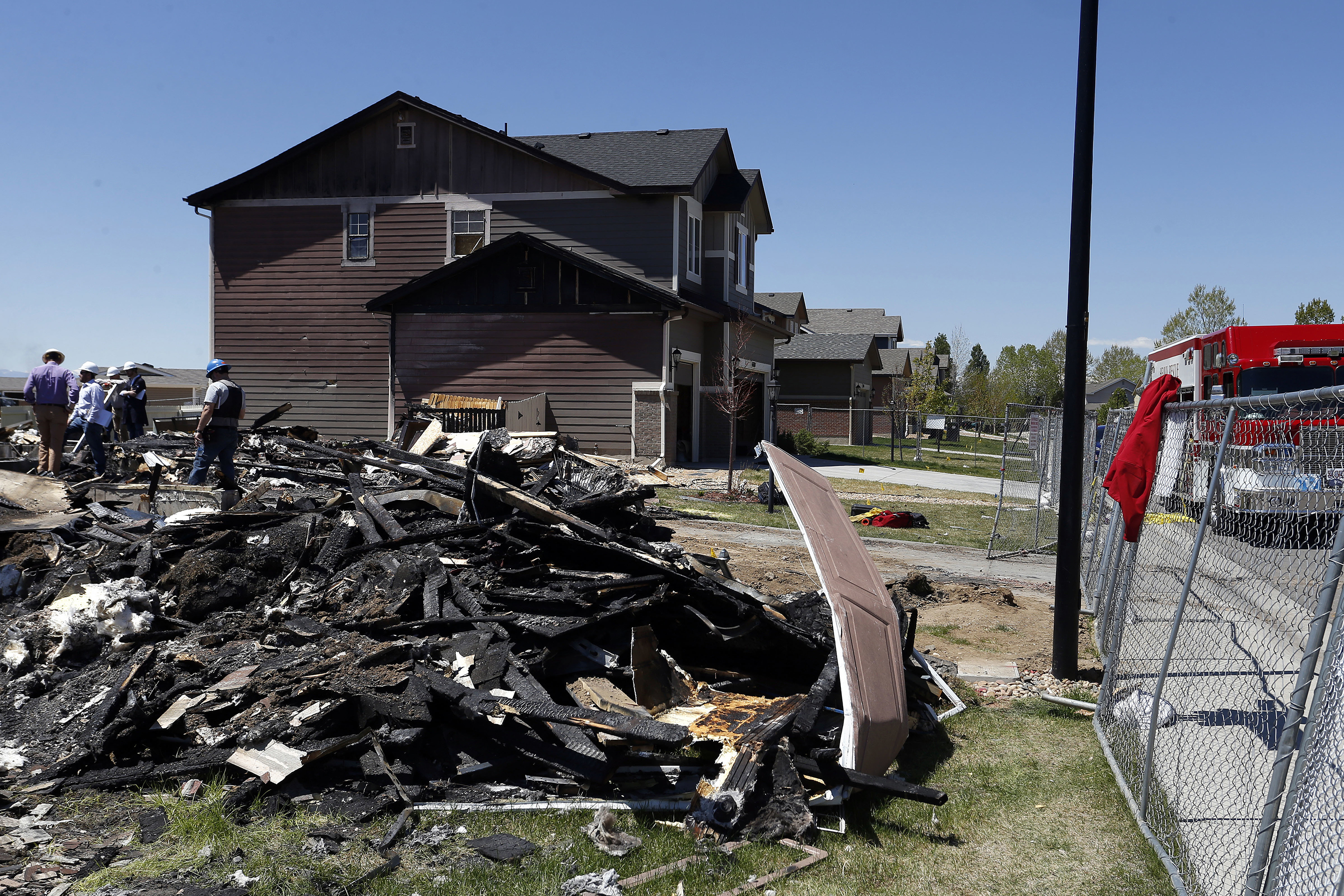
Colorado has nearly 129,000 underground oil and gas pipelines within about 1,000 feet (300 meters) of occupied buildings, according to energy company reports ordered by the state after a fatal house explosion blamed on a severed gas line.
Friday was the deadline for companies to test those lines for leaks, and about 9,700 test results were made public. The vast majority indicated the pipelines passed the tests.
The Colorado Oil and Gas Conservation Commission ordered energy companies to identify and test all pipelines near occupied structures after a natural gas explosion killed two people and injured a third in April.
- Anadarko Shuts Down Well Linked To Explosion
- What You Should Know About The Weld County Exolosion
- Explosions Restart 'How Close Is Too Close' Debate
Investigators said odorless, unrefined gas from the severed pipeline triggered the explosion that destroyed a house in Firestone, about 30 miles (50 kilometers) north of Denver. The line was thought to be abandoned but was connected to a well with a valve in the open position.
Federal, state and local officials are investigating. They have not said why the pipeline was tied into the well.
The explosion worsened longstanding worries in Colorado about the proximity of oil and gas wells to homes, schools and businesses, especially northeast of Denver, where both the population and drilling have expanded rapidly in the past decade.
The data reported to the state by Friday showed more than 7,700 pipelines had at least one end inside a city or town.
The house that exploded was within 200 feet (60 meters) of the gas well, and the pipeline was severed about 10 feet (3 meters) from the house, officials said. The well and pipeline were in place several years before the house was built.
Anadarko Petroleum, which owns the well, said it would permanently shut it down.
The pipelines are known as flow lines and connect wells to tanks or other collection points. A well can have multiple flow lines of varying lengths. Some carry petroleum from the well to a separator, which removes water and divides oil from the gas. Other lines carry the water, oil and gas from the separator to tanks.
Many are 1 or 2 inches (2.5 or 5 centimeters) in diameter.
Oil and gas companies reported 128,826 flow lines within 1,000 feet of buildings, although a few companies included lines up to 1,500 feet (460 meters) away, said Todd Hartman, a spokesman for the Oil and Gas Conservation Commission.
About 113,000 of the pipelines are in use.
The commission chose the 1,000-foot distance because that is a state-designated buffer zone around occupied buildings where regulators can impose special conditions to protect public health and safety.
The purpose of the inventory is to see whether any inactive lines still protrude above the ground, where they might mistakenly be put back in use, Stuart Ellsworth, engineering manager for the commission, said in an interview.
"My goal is to get rid of this guy," Ellsworth said, pointing to a diagram showing the above-ground section of a flow line, called a riser. "I do not want the opportunity for an error."
Since 2001, the commission has required companies to disconnect and purge flow lines when they are abandoned. They also have to be cut off 3 feet below the surface and sealed at both ends.
Ellsworth said the owners of abandoned pipelines identified in this year's inspections will have to comply with that rule, even if the lines went out of use before the rule was enacted.
Gov. John Hickenlooper and some lawmakers suggested after the April explosion that Colorado could compile a map of all flow lines. Ellsworth said the data the state is collecting now is not enough to create a map because it shows only the end points of a flow line, and the path from one end to the other is not always a straight line.
Hartman said the data could be a starting point for a map.









